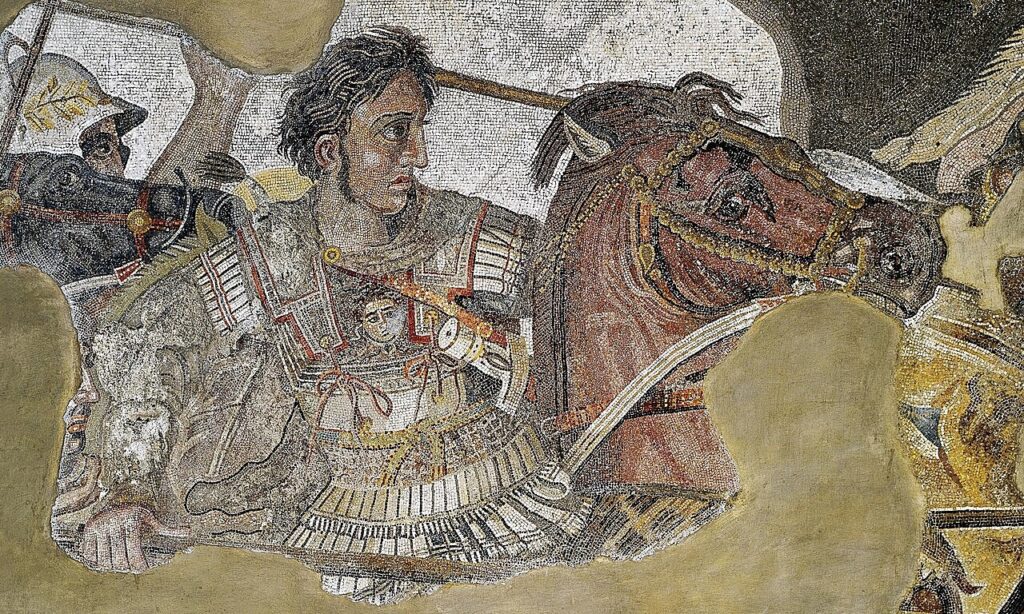For much of human history, a horse has been beside, or often under, pivotal people. Even when we see these figures in paintings or in sculpture, they’re often featured aside or astride their beloved horses. Which is pretty funny, because those horses, unless we’re vastly underinformed on their cognitive abilities, had no idea what the hell was going on. When on their deathbed, historical men and women likely have a good inkling that they’re going to be in history textbooks later on, horses are probably thinking of something along the lines of “BUH! SUGAR CUBE?”
To that end, here are five horses that had no idea they were historically significant…
Bucephalus
When you’re good at one or two specific things, your nickname references that. When you’re one of the most important people in history, people merely shrug their shoulders and call you “Alexander the Great.”
Obviously, someone with such a powerful surname can’t just be riding whatever’s available at the stable. He needs an equally impressive horse, so that they can enter the fray like a weird battlefield power couple. That horse, for Alexander, was Bucephalus. As for how they first linked up, it’s exactly the sort of tale that feels fitting for someone of legend: Alexander tamed Bucephalus, until then considered untamable, at the young age of 12.
When I was 12, I was bitten by a horse on a Cub Scout trip. When Bucephalus finally kicked the bucket, he received an honor most men don’t: He had the city of Bucephala named after him, which was itself built around the horse’s tomb.
Marengo
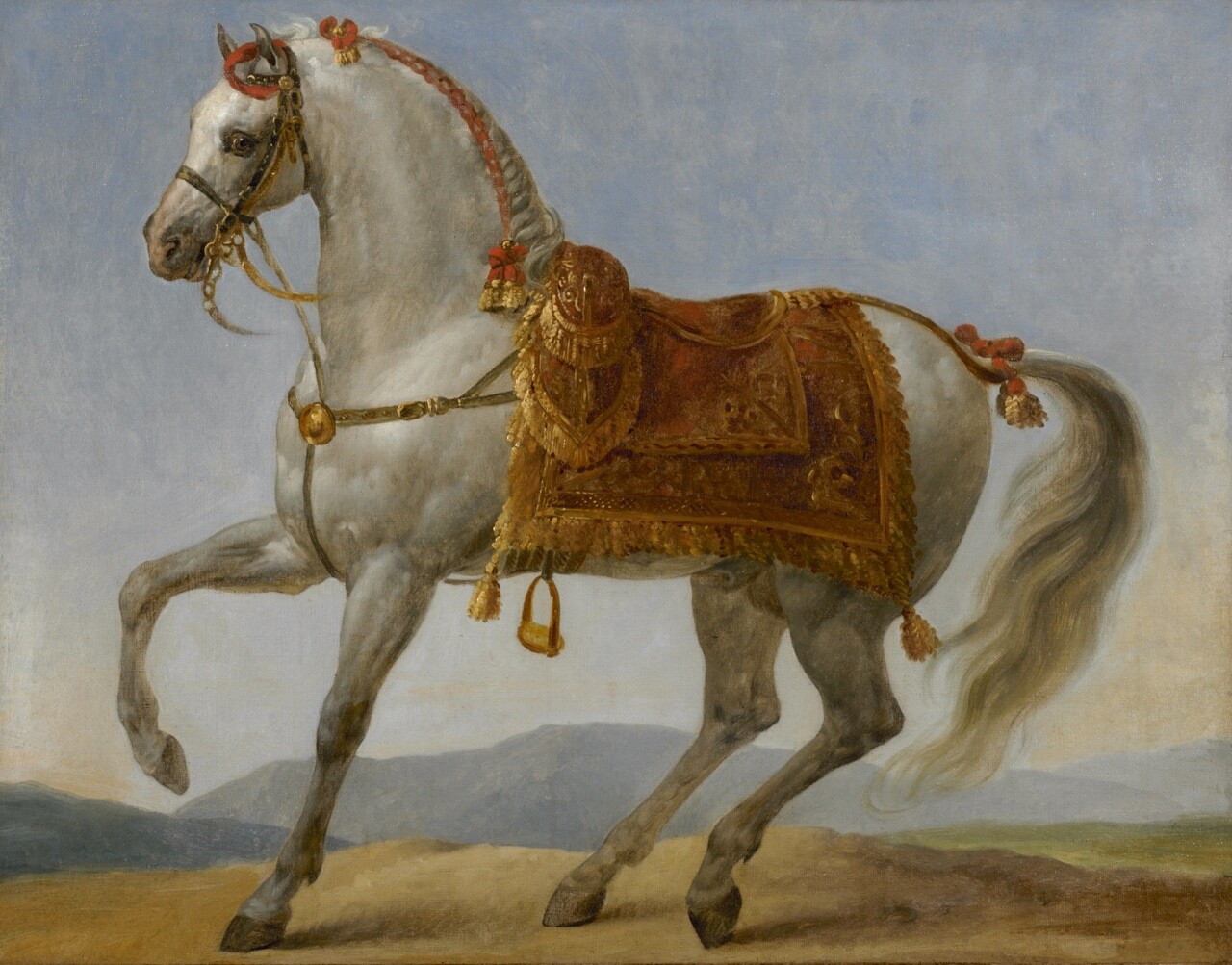
If you, as a horse, get a personal portrait painted without anybody on top of you? Safe bet you were a pretty prominent steed.
Such is the case with Marengo, the horse of Napoleon Bonaparte. The small gray Arabian was beloved by Napoleon, and I assume also beloved by painters, who got to include an incredibly cool and dramatic looking white horse in their depictions of him. Marengo was captured at the Battle of Waterloo upon Napoleon’s defeat, but his tale wouldn’t end there. To this day, Marengo’s skeleton is displayed in the National Army Museum in the U.K.
Honor, or ghoulish desecration of an animal body? That’s up to you.
Cincinnati
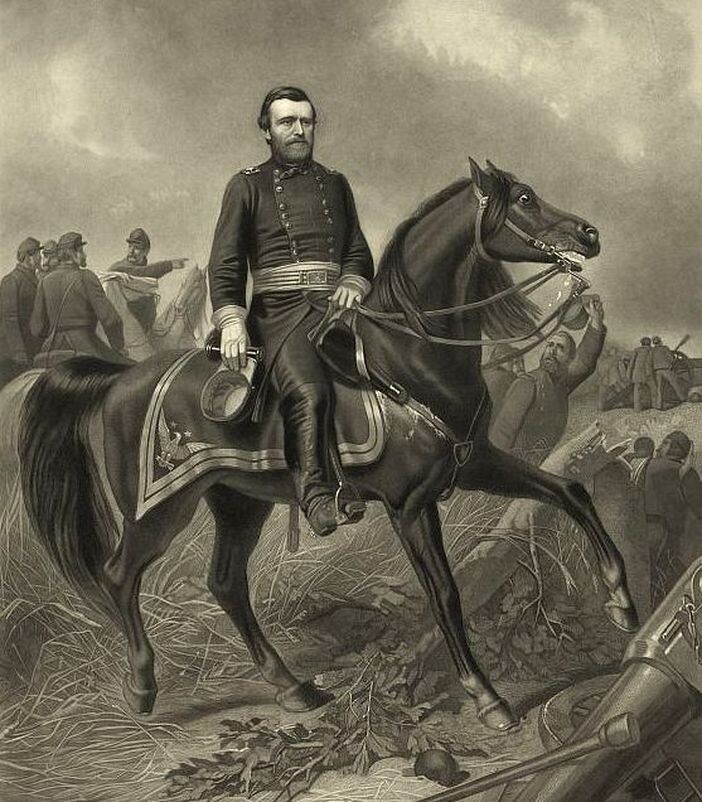
Could the horse Cincinnati claim that it had a direct role in ending slavery? It could, though the fact that it was talking at all would probably make bigger news.
Cincinnati was the favorite horse of General Ulysses S. Grant. A man wrote a letter to Grant telling him that he thought he had the greatest horse in the world, and felt Grant was the man who deserved him. Grant agreed, and they were practically inseparable from that point on. As the story goes, only two other people were ever allowed on Cincinnati: one of Grant’s childhood friends and President Abraham Lincoln.
If you’ve seen a statue of Ulysses S. Grant on a horse, you’ve likely also seen a statue of Cincinnati.
Sergeant Reckless
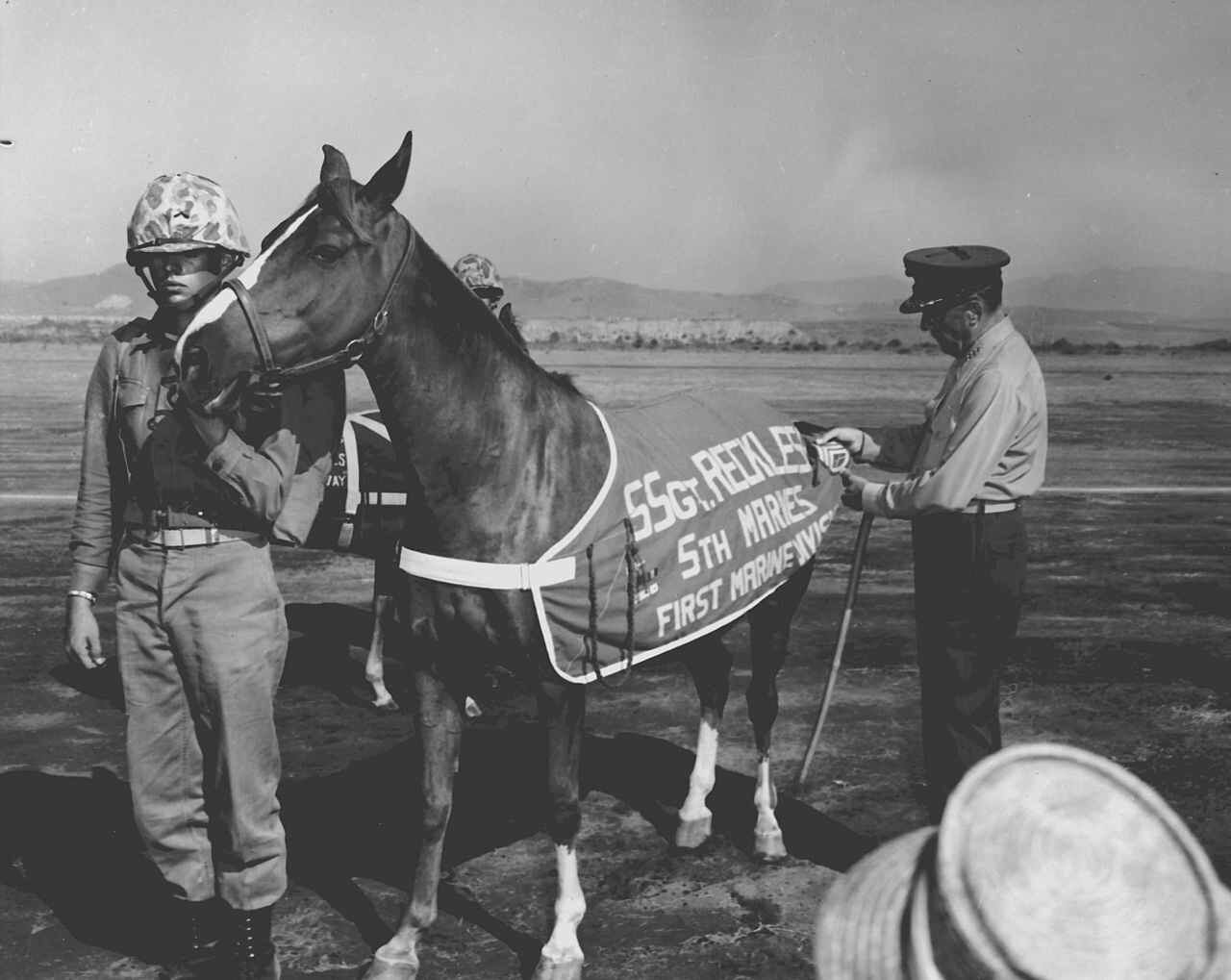
Though not as immediately famous as the previous horses on this list, Sergeant Reckless achieved something none of them ever did — becoming famous as a horse alone, no rider needed.
That name isn’t just a fun little joke either. Sergeant Reckless was, in fact, a horse named Reckless, that held the official rank of Staff Sergeant in the Marine Corps. What did she do to earn the honor? It’s pretty metal. She was a warhorse that hauled ammunition and supplies during the Korean War. Imagine you’re in a foxhole, ready to give up, when suddenly a horse comes galloping toward you, packed to the gills with 9,000 pounds of ammo. You’re not letting that horse make you look like no bitch. Once the shells were unloaded? Injured soldiers would be strapped to Sergeant Reckless, and she’d carry them back to safety.
Perhaps the best fact about Sergeant Reckless, though? She liked to eat scrambled eggs and coffee.
Incitatus
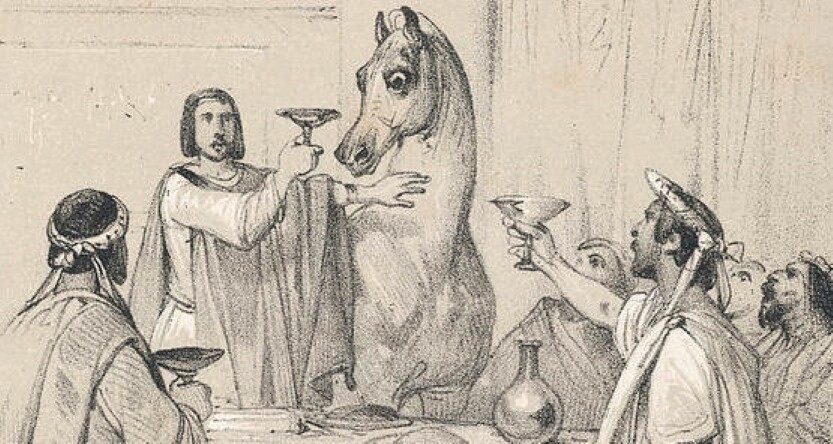
Incitatus was the horse of one of Rome’s worst emperors, Caligula, and Caligula loved the hell out of him. To the point where he gave Incitatus preferential treatment that would have been envy-inducing even if Incitatus was a human. The most famous story, though debated by historians, was that Caligula planned to make his horse an actual consul in the Roman Senate, something that may have led to his assassination.
Whether that’s true or not, it’s a strong theory that Caligula’s pampering of Incitatus, including feeding him oats mixed with gold, was meant to degrade the humans who served him, which is a great way to get assassinated, especially if you’re not a great emperor to begin with.

